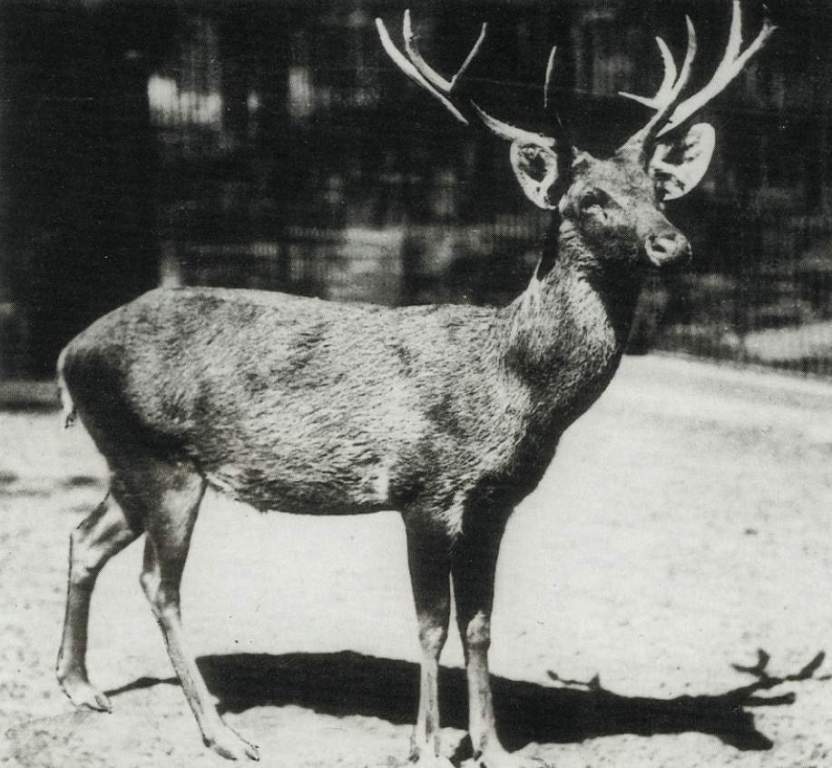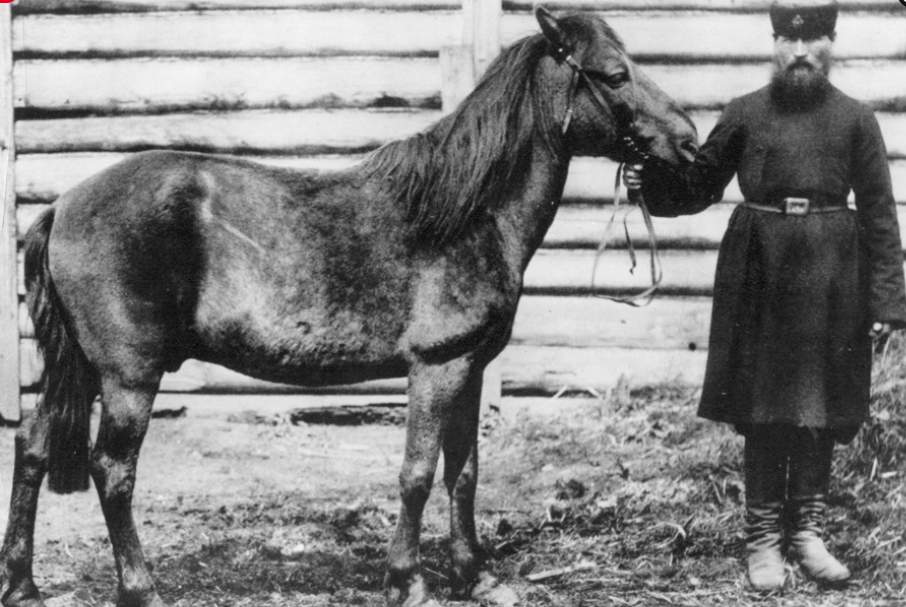Have you ever heard that a snake can fly? Chrysopelea is known as a flying snake. It belongs to the family Colubridae. Nature is incredible, and its creations sometimes baffle humans’ minds. Who is the creator of these bewildering species? Flying snakes are not too venomous and are considered harmless. Its toxicity is not dangerous to people.
Normally, flying snakes can be found in South Asian countries such as the Philippines, China, India, and Sri Lanka. Chrysopelea is notorious for “flying snake” glides by using its ridge scales along its belly, pushing against the rough bark surface of tree trunks, and letting it move vertically up a tree. Chrysopelea hunt for food during the day, and they like lizards, frogs, birds, and bats.
When he reaches the end of a tree’s branch, the snake continues moving until its tail dangles from the branch end, and then it makes a J-shape bend and leans forward to select the level of inclination it wishes to travel to control its flight paths as well as the desired landing area.
Once it decides on an endpoint, it pushes itself by thrusting its body up and away from the tree, sucking in its stomach, and flaring out its ribs to turn its body into a “pseudo concave wing,” all the while making a repeated serpentine motion of lateral undulation parallel to the ground to stabilize its direction in midair in order to land safe and sound.







